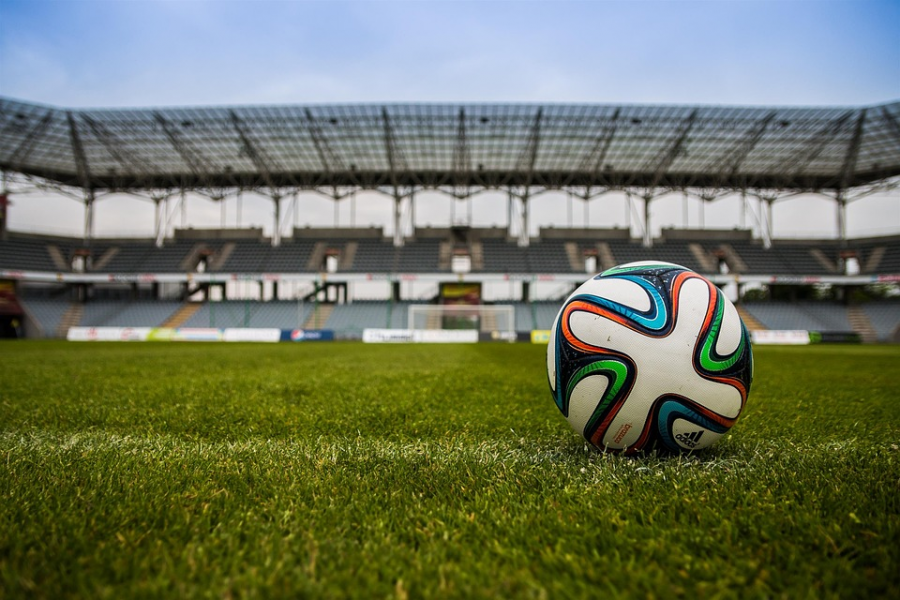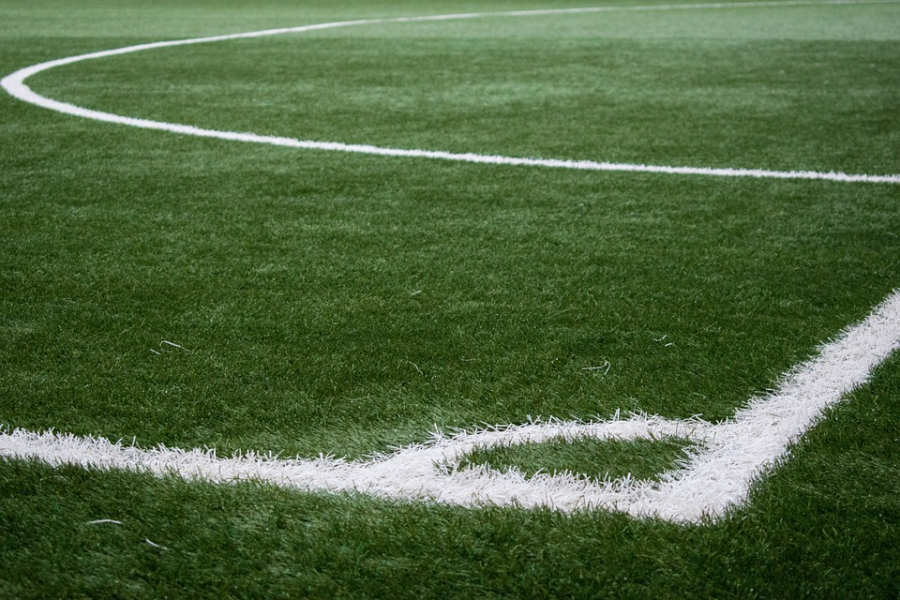The performance of an artificial field depends on its maintenance. The neglect of a field will lead to hard spots, or even scorched and melted areas. Maintenance schedules for artificial turf are the best remedy. In case you lack the necessary experience or equipment, there are some tips that can help.
There is no denying that artificial turf fields cost a lot of money. Investing six figures is a big deal, so you don’t want to ruin it. When your field is not maintained properly, it can cause big problems. Here’s a list you can look at.

Sweeping
Keeping artificial turf fields in good condition is essential. It is a good idea to consistently sweep your field with static tipped nylon brushes (equipped with professional equipment). The first benefit is that the yarn fibers will stand up nicely and straight. As yarn fibers are used continuously, they become shorter. Your field will perform poorly if left lying on its side. Turf cleats won’t provide much traction for athletes. The fibers play better when they are standing up.
Secondly, sweeps remove surface debris. When debris is left unattended, it can cause thatch, which ultimately leads to poor drainage, resulting in faster compaction of the infill. In addition, sweeping evens out the playing surface by redistributing the infill. Ensure that the infill is evenly distributed by passing over the field multiple times in different directions.
Decompacting the Infill
Several aspects of this information will be covered in another section, so let’s keep it brief. In order to loosen up the rubber crumbles and remove debris, the infill should be decompacted regularly. With an aerator, you can decompact any minor spots, but it will take some time to address the entire infill. Visit www.forbes.com to learn about proper turf care.
Spraying
You can keep your field clean by regularly spraying it with water. The maintenance of a field should include this step. Cleanliness and debris-free fields are ensured by this method. As a result, the process of compaction is slowed down.

Common Issues Associated with Poor Artificial Turf Maintenance
It is inevitable that your field will wear out over time. There is no way to stop this. It is normal. In spite of this, failure to maintain it can lead to a number of problems.
Hard Spots
With use and time, it becomes compacted. There are many reasons why this happens. The dust and dander from players’ bodies are deposited outdoors every time they play. Leaving them unattended can lead to thatch, which prevents drainage.
It is possible for bacterial growth to occur in a poorly drained area. Infill beneath the turf can compact due to slow drainage, resulting in hard patches. Injuries are more likely to occur in these spots. Click here to learn about common soccer injuries.
Soft Spots
Soft spots or divots can form due to infill moving when athletes walk on the surface. Injuries to the lower extremities are almost certain to occur as a result of these conditions. Pits can be dangerous because it is possible to twist a foot or turn a foot without being noticed immediately. In addition, in the event that these areas place stress on the connections between turf pieces, you could face the next problem.
Seaming
The edges of seams may curl as a result of heat. When plexiglass covers or water bottles are left lying on the turf, it may cause portions of it to melt. A big magnifying glass is created by these objects. In the absence of early detection, they can be costly as they concentrate the sun’s heat. Seam issues, however, can often be repaired much more easily.
What Is The Recommended Frequency Of Maintenance?
It can be tricky to maintain artificial turf in this situation. In order to schedule maintenance, it’s important to take into consideration a lot of different things including, :
- Application
- Weather
- Field Type
Brushing your field regularly will help prevent debris from building up. Many field owners perform this before each game, even though the manufacturer recommends it for each game after 80 hours. Most maintenance plans provide for one aeration per year.
Professionals who specialize in artificial grass can categorize their services into four basic categories: basic, enhanced, all-inclusive, and customized. Owners have the option of choosing the best plan for their needs and budget. It is possible, however, for the field owner to perform a number of routine maintenance tasks as preventative maintenance. They are as follows:
- Maintaining straight yarn fibers by sweeping regularly
- Ensure that repairs are made after inspecting trouble spots
- Performance and safety are ensured by checking infill levels consistently
- Debris should not be left on the surface
If you are planning to get a new soccer field and are considering an artificial turf soccer field, there are many things to keep in mind when you are making a decision about it.
Make sure you are able to maintain the field and know the common issues that may arise. If you take care of it properly, artificial turf can look and perform well for many years.







